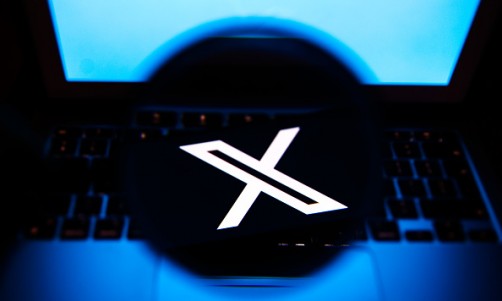An extra space rock has been designated for NASA's Jupiter Trojan asteroid-scouting mission to explore, bringing the program's total number of space rocks to 10 so far.
The tiny main-belt asteroid 1999 VD57 will be passed by the spacecraft on November 1, according to a January 25 NASA announcement.
The Spacecraft Aims To Get Closer To The Asteroid In May
Years before Lucy reaches her major science goals in the outer solar system, the addition will enable the spacecraft to test its cutting-edge target tracking technology and introduce us to another small world.
"There are millions of asteroids in the main asteroid belt," Raphael Marschall, a Lucy collaborator at the Nice Observatory in France, says in a statement.
It is important to note that Marschall was the one who identified asteroid 1999 VD57 as an object of special interest for Lucy, Space writes.
As originally planned, Lucy's trajectory will bring it at least three times closer to the asteroid than the next closest one, at a distance of 40,000 miles, the collaborator details.
After launching in October 2021, Lucy will spend the next 12 years traveling to two different groups of Jupiter's Trojan asteroids, which orbit the sun in front of and behind the giant gas planet.
With this information, Lucy is expected to arrive at these groups some time in 2027 and 2033 respectively.
According to Hal Levison, Lucy's primary investigator and a planetary scientist at the Southwest Research Institute in Colorado, Asteroid 1999 VD57 is an S-type, or stony, asteroid with the provisional designation Dinkinesh.
The scientists claim that the asteroid was overlooked because it is so small, but now that it is present, the mission can take advantage of the chance to practice its Trojan tour one more time.
The 2,300-foot (700-meter) diameter asteroid would have been within 40,000 miles (64,400 kilometers) near Lucy on its initial track.
However, a series of tiny movements starting in May will enable the spacecraft to go much closer, approaching on November 1 at a distance of about 280 miles (450 km).
Read More: NASA's Lucy Spacecraft Snaps Photo of Earth in a Distance
The Team Has Provided More Details About The Flyby
The crew will have an early chance to test the twin Terminal Tracking Cameras (T2CAM), which the spacecraft will primarily utilize to autonomously lock onto.
It will also track asteroids during flybys and ensure Lucy's other instruments are pointing in the appropriate direction, which has historically proved challenging.
Most flyby missions in the past have taken numerous photographs of the area where the asteroid may be in order to account for this uncertainty.
According to Space, it results in low efficiency and a large number of images of empty space as per statement by NASA.
This cutting-edge and comprehensive technology will be used for the first time by Lucy's flyby mission to automatically track the asteroid during the encounter.
The crew will be able to capture a lot more pictures of the target space rock thanks to his innovative system.
It can be remembered that when Lucy completed the first of three flybys of the Earth to enable its route to Jupiter's Trojans, it already captured an image of the moon.
Additionally, the mission crew recently disclosed that they had given up on trying to fully extend one of the spacecraft's solar arrays and had instead left it at 98% unfurled.
Prior plans called for the mission's first space rock encounter to occur in 2025 during a flyby of the main belt asteroid 52246 Donaldjohanson.
It bears the name of the paleontologist who found the fossil Lucy and served as the inspiration for the name of the NASA expedition.
Related Article: NASA's Lucy Passes Over Earth on Its Launch's Anniversary













